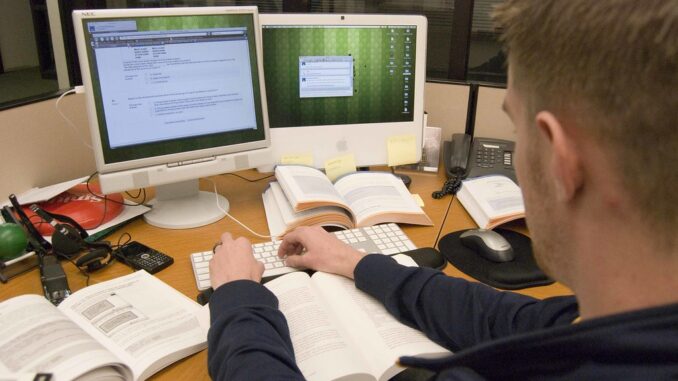
A piece in the LA Times highlights the use of technology for cheating by students. This is occurring against a backdrop of rising rates of student cheating overall. Students are making use of cell phone cheating apps as well as direct texting and other communications among students to provide answers on tests and quizzes.
Opportunities to cheat are being presented to students even when they do not seek them out. One student in the article reported having a picture of the answer key air dropped to his phone at the start of a science exam.
While some view the use of technology for cheating as a reason to reinforce prohibitions against cell phone use during the school day, others take a different approach. One teacher noted the need to ask different types of questions on exams and eliminate those that were easy to look up online. Another teacher stressed the importance of changing student motivation and habits around assessment and school more generally so they would not view cheating as their only option.
The current complex and shifting state of thinking about cheating among students provides an illustration of the socially determined lines separating acceptable student actions from unacceptable actions (i.e., cheating). As the technical and communications environment evolves, we should expect to see additional changes in where the line gets set, particularly if the former lead to shifts in the way knowledge is conceived and valued.
Of course the socially constructed nature of cheating is not news to the generation of test takers forbidden to have calculators with them for the SAT who then had to purchase calculators for their children to take the SAT.


Be the first to comment